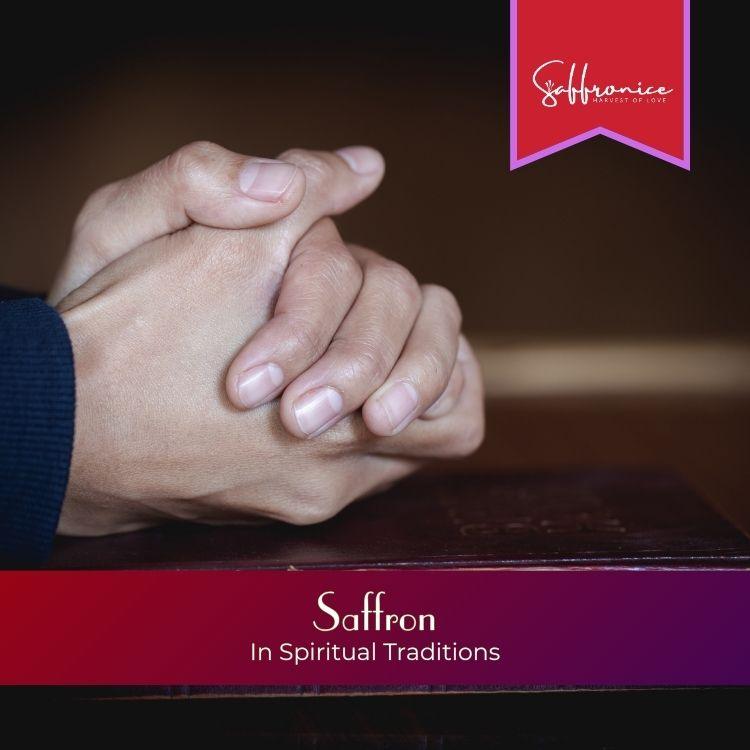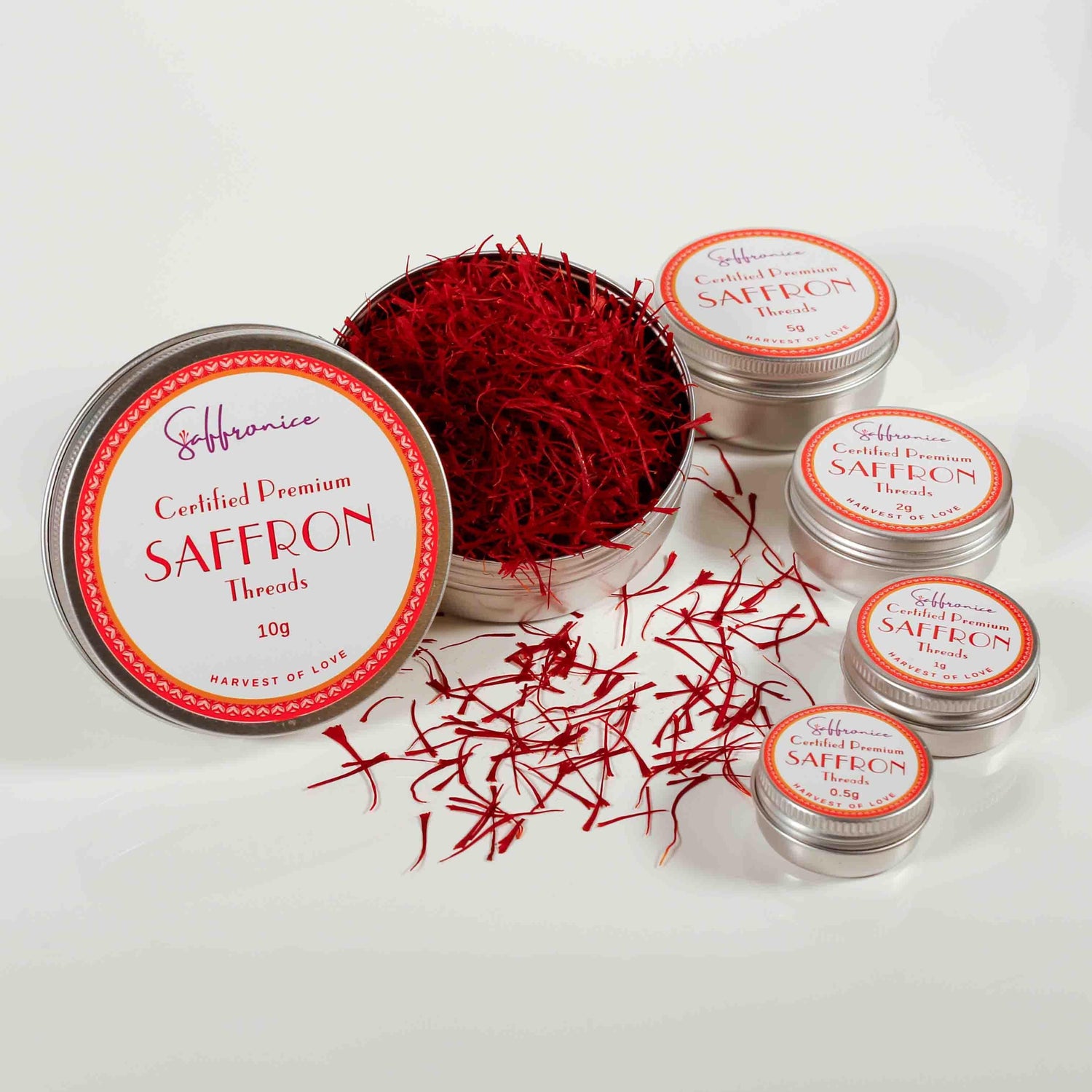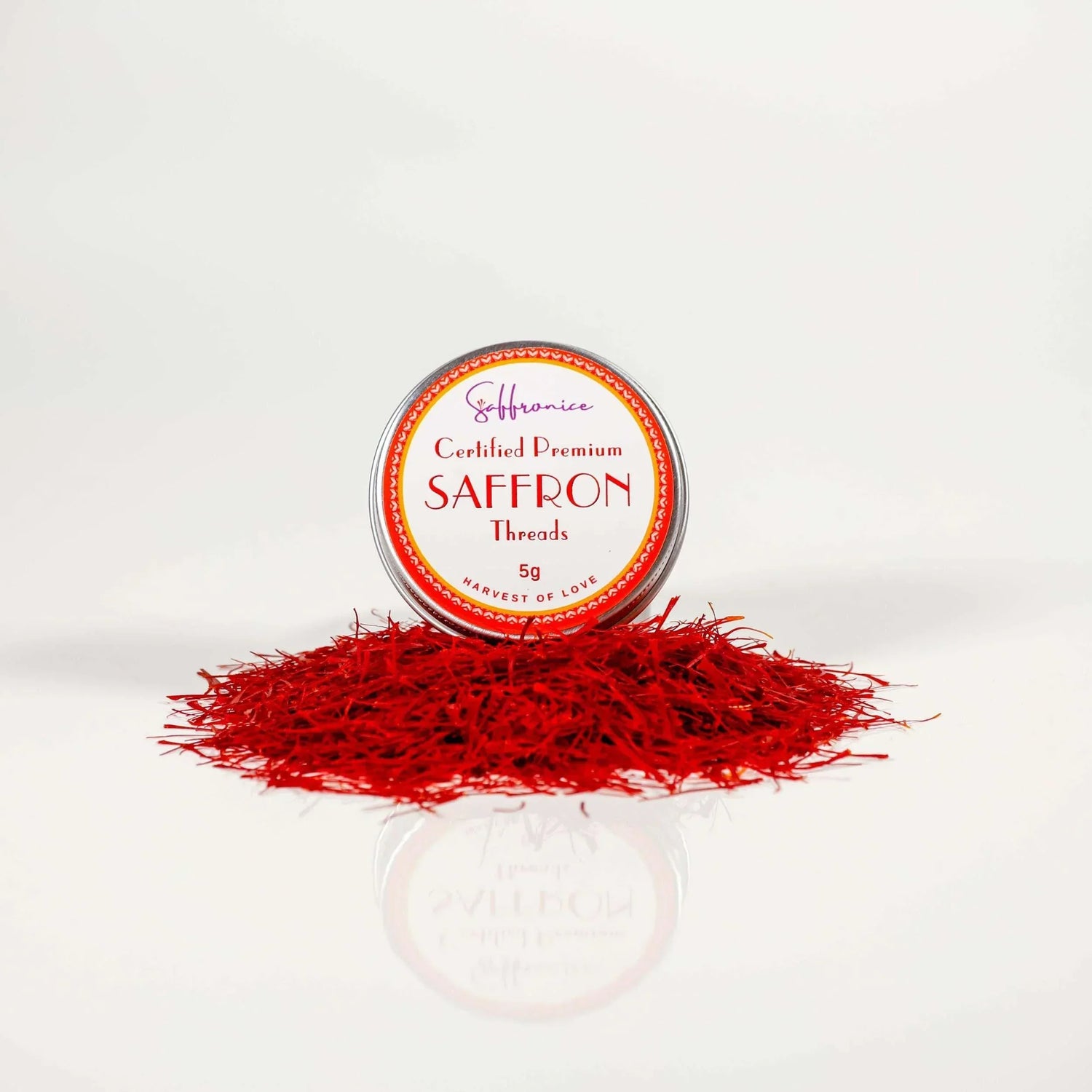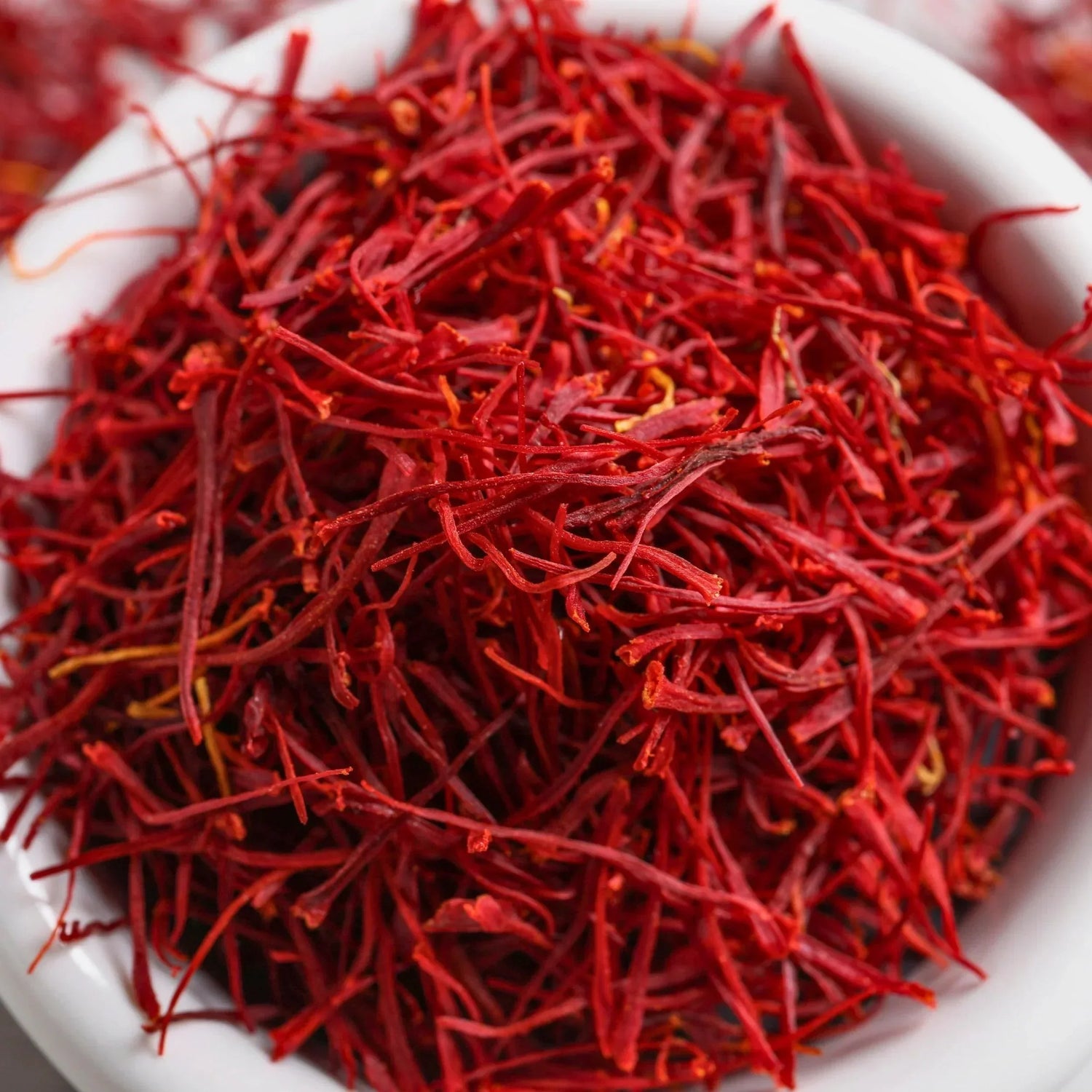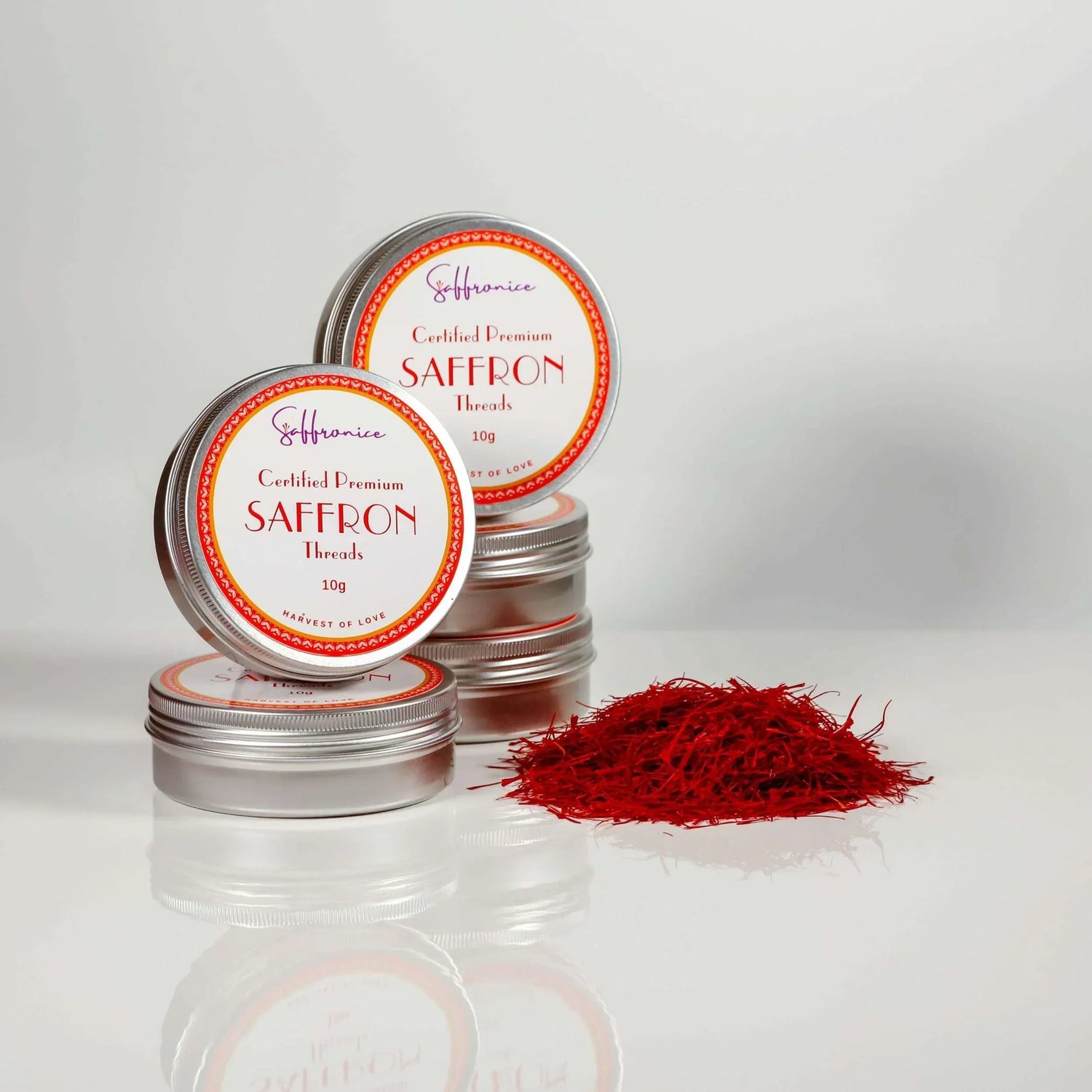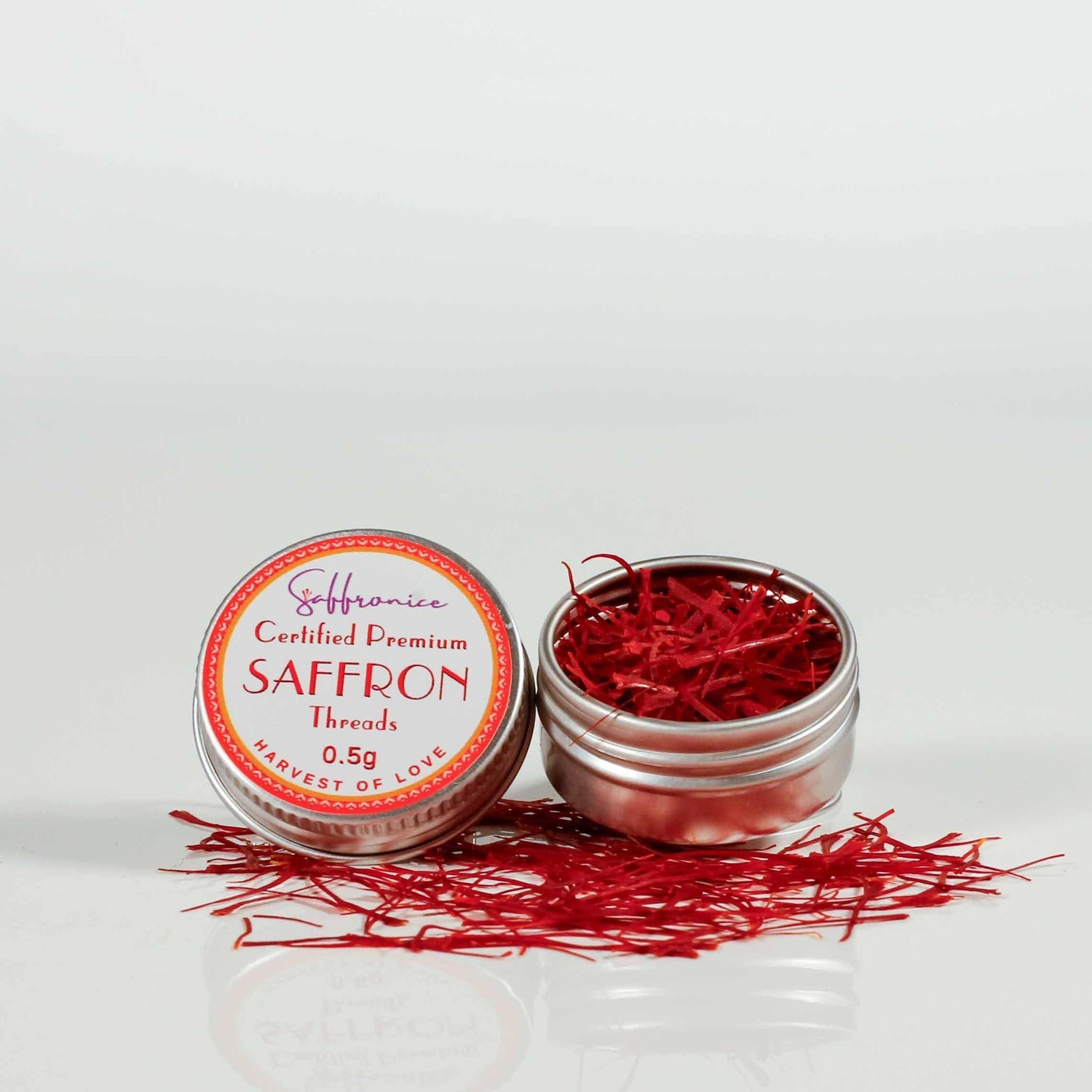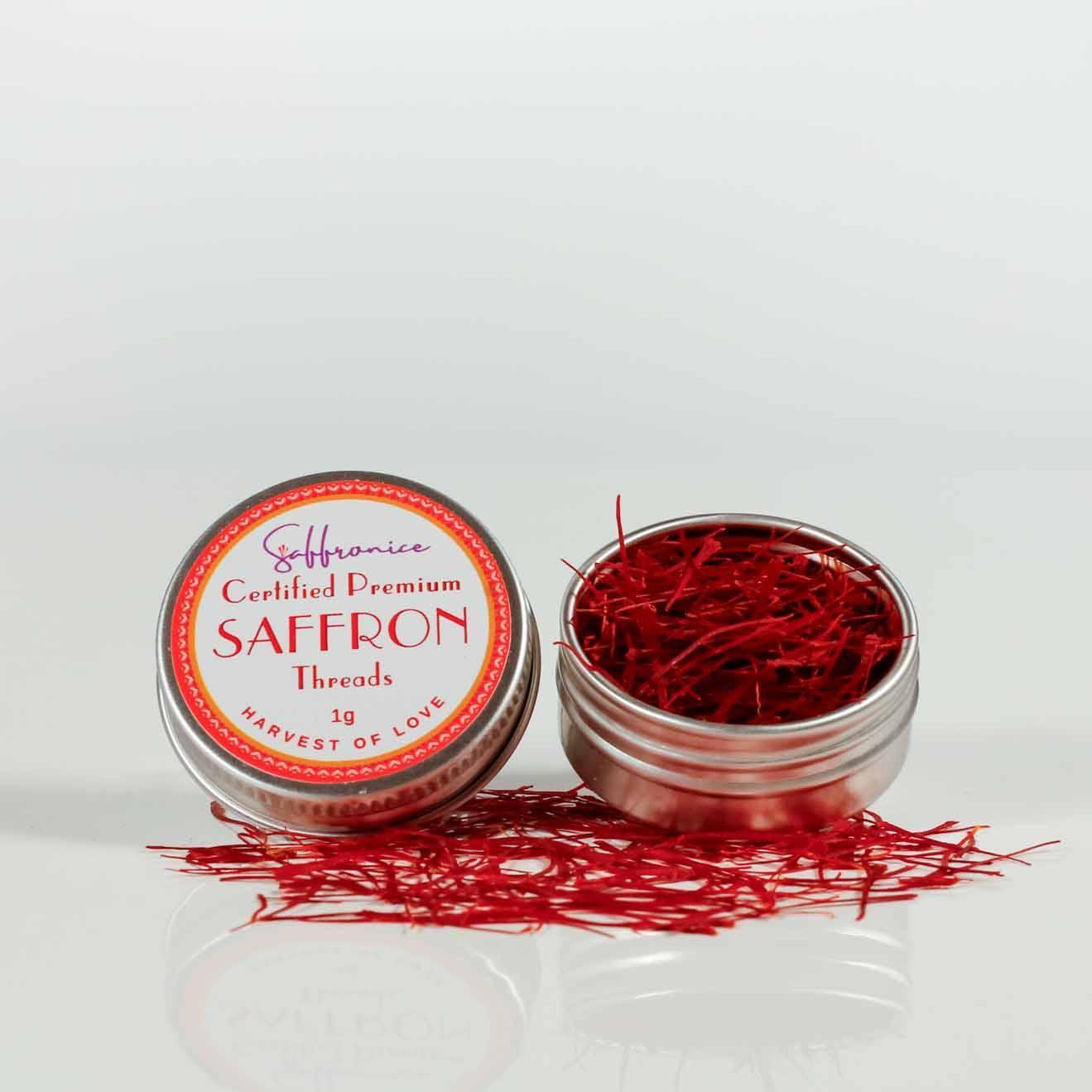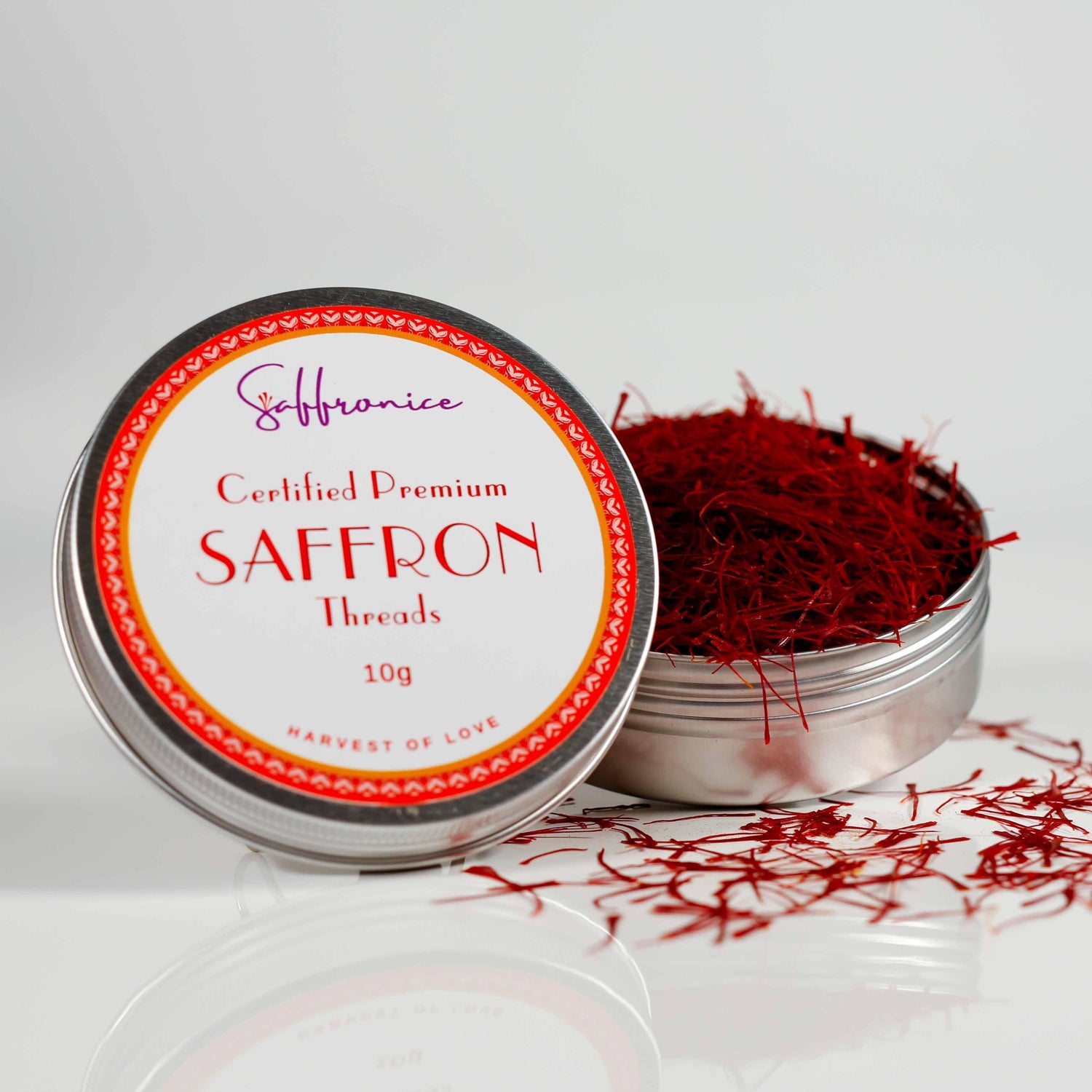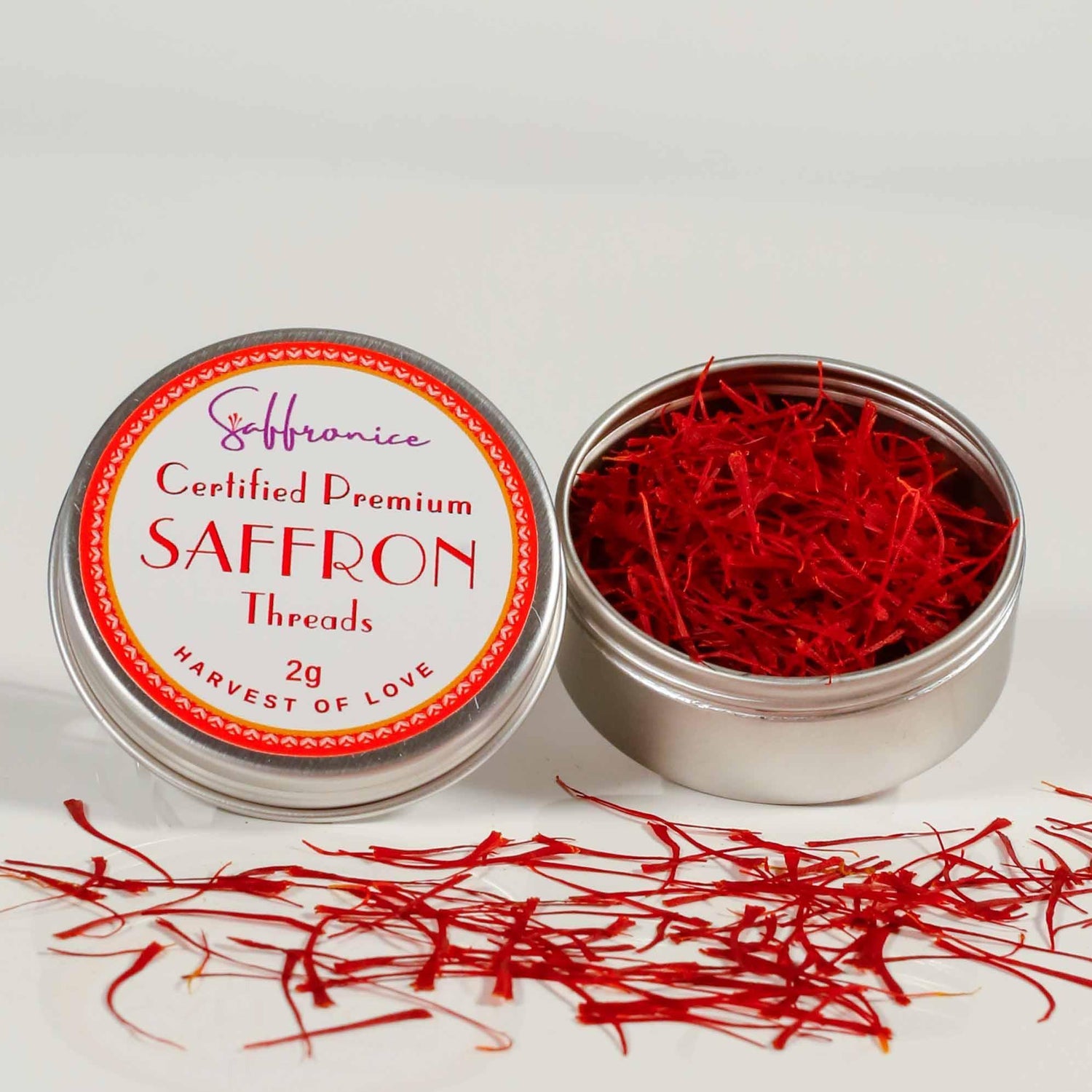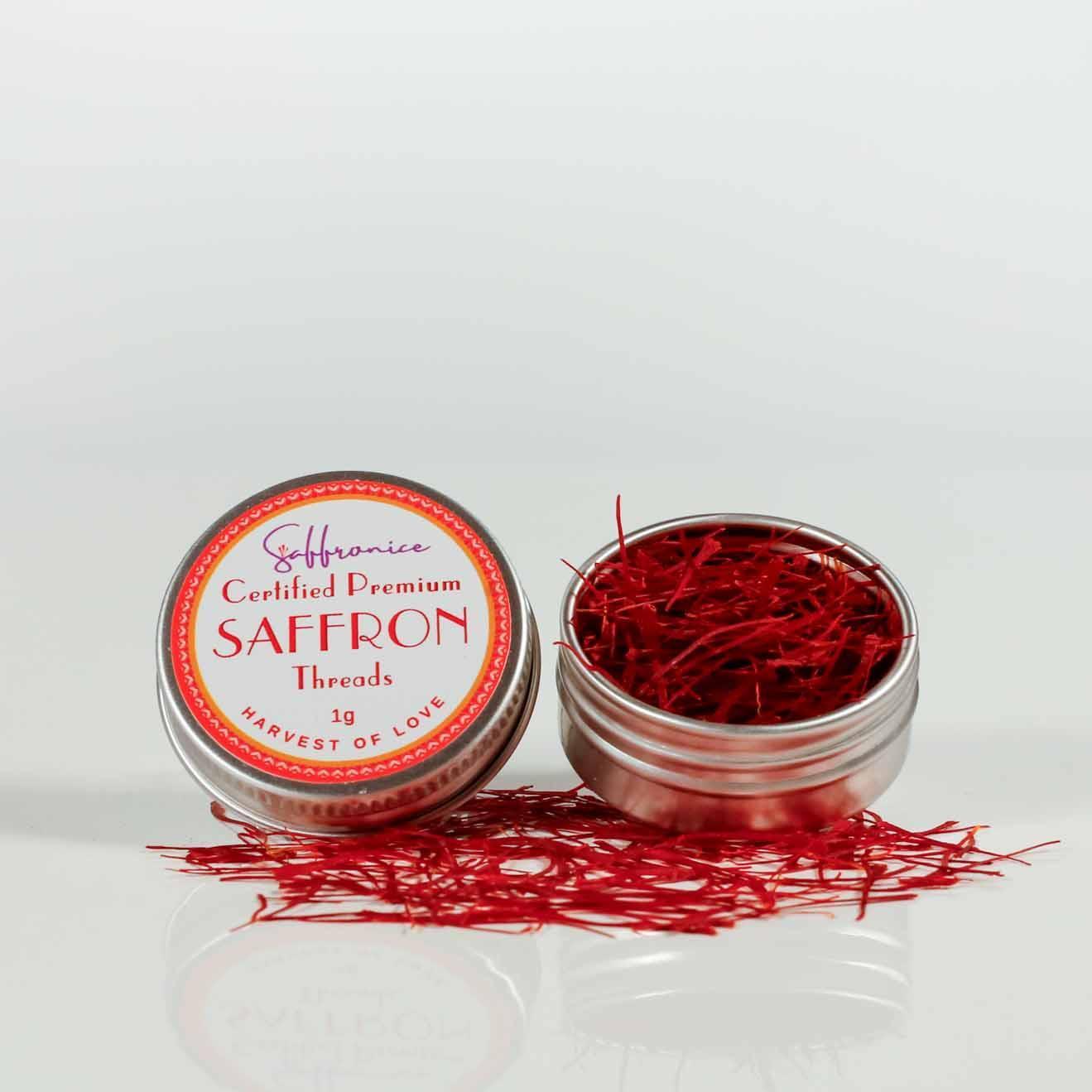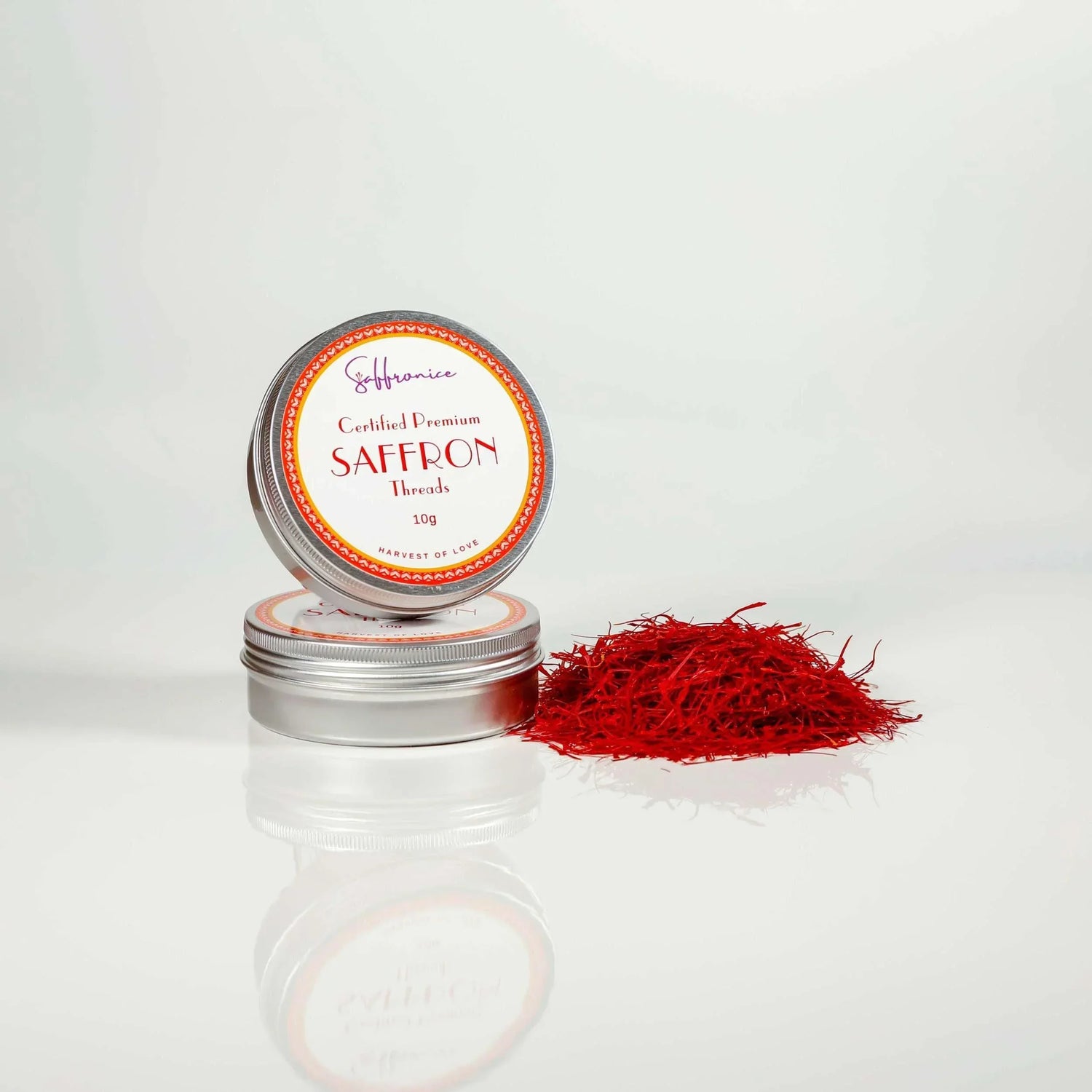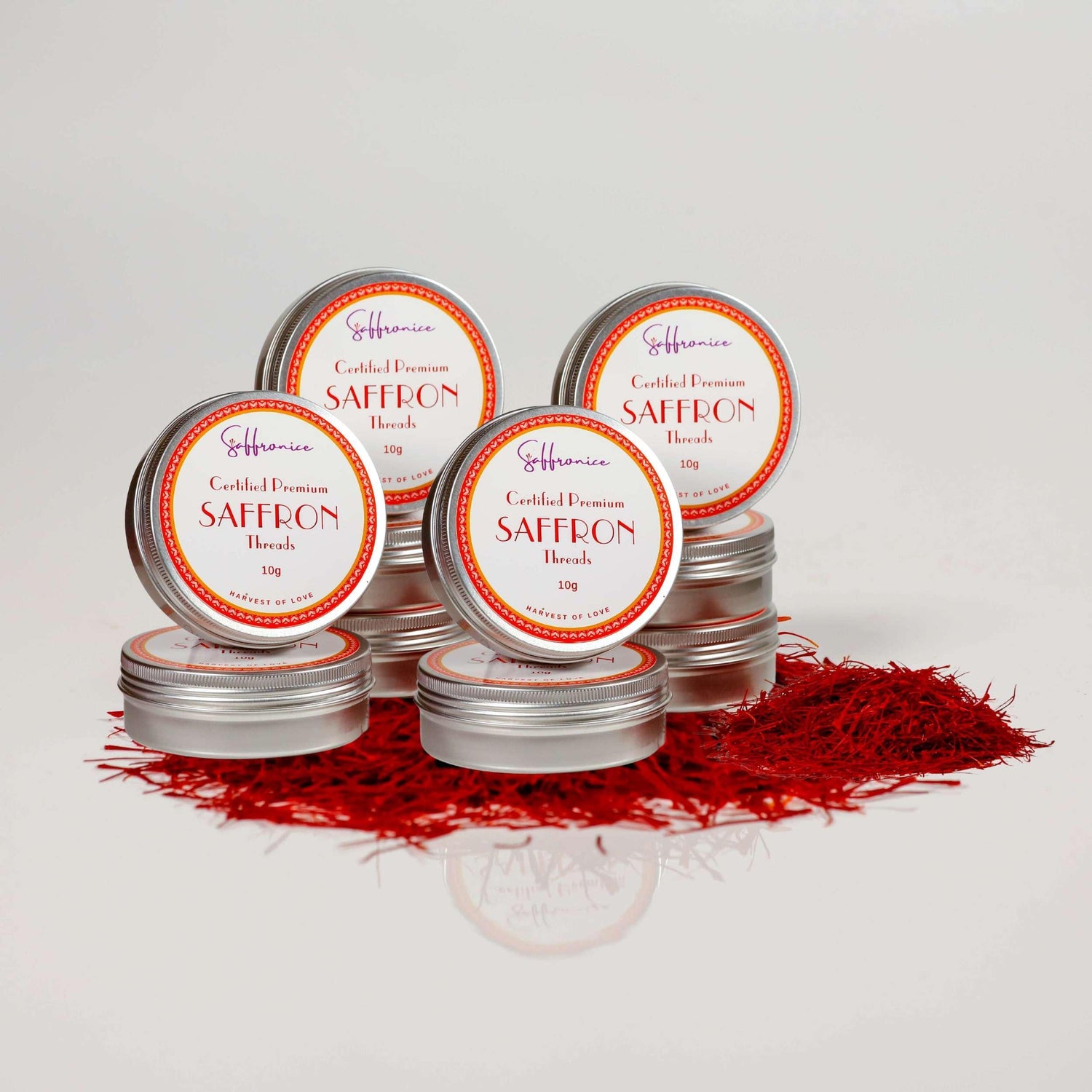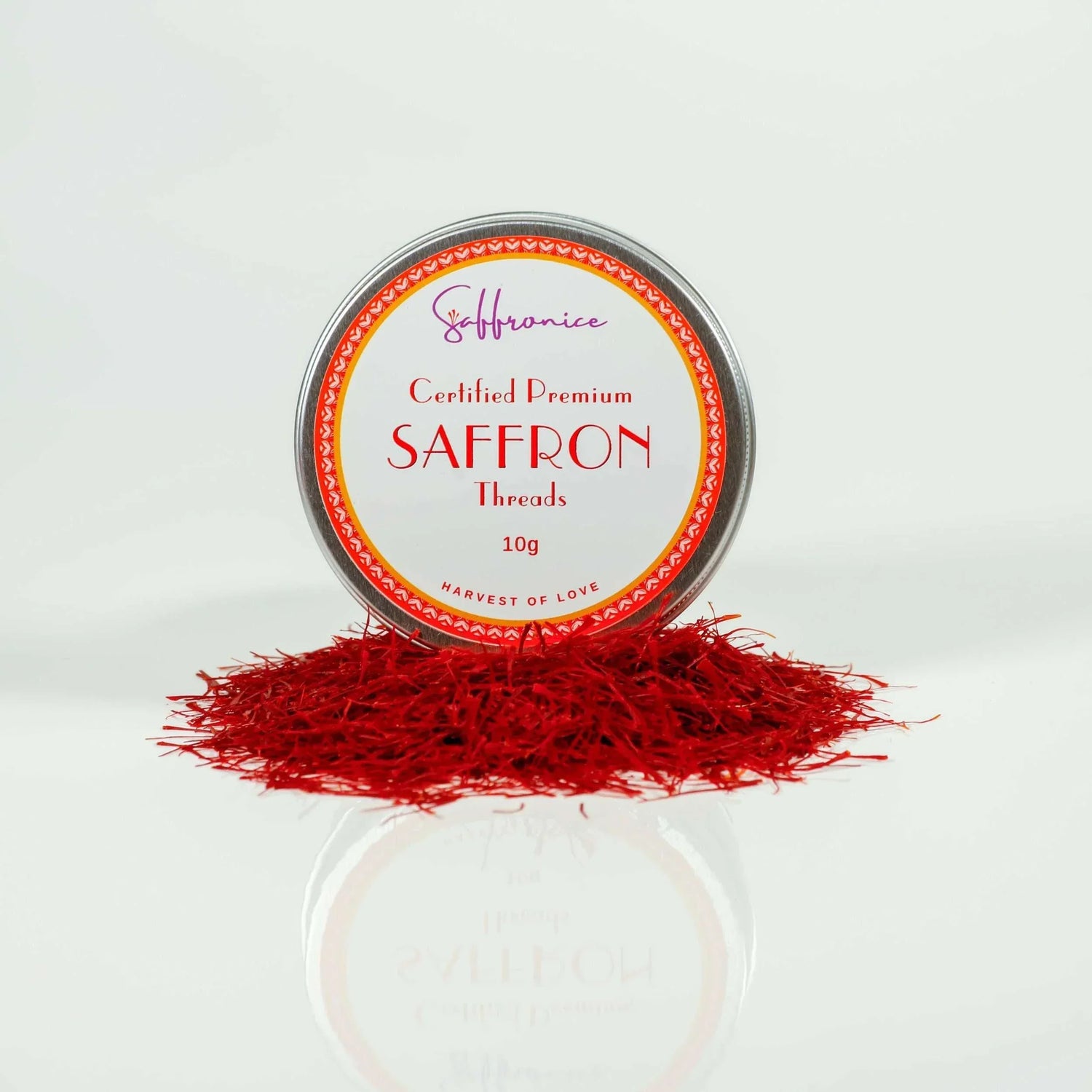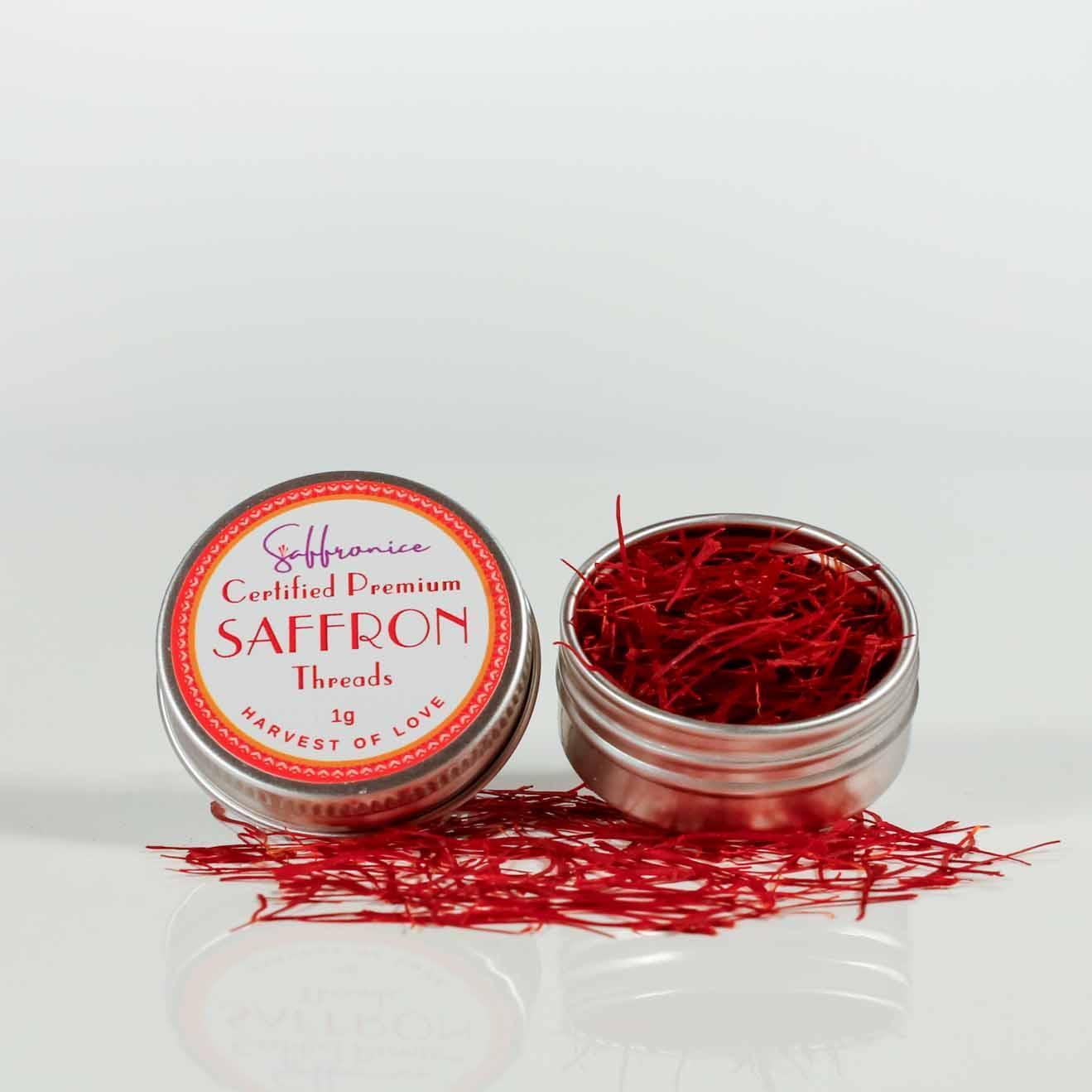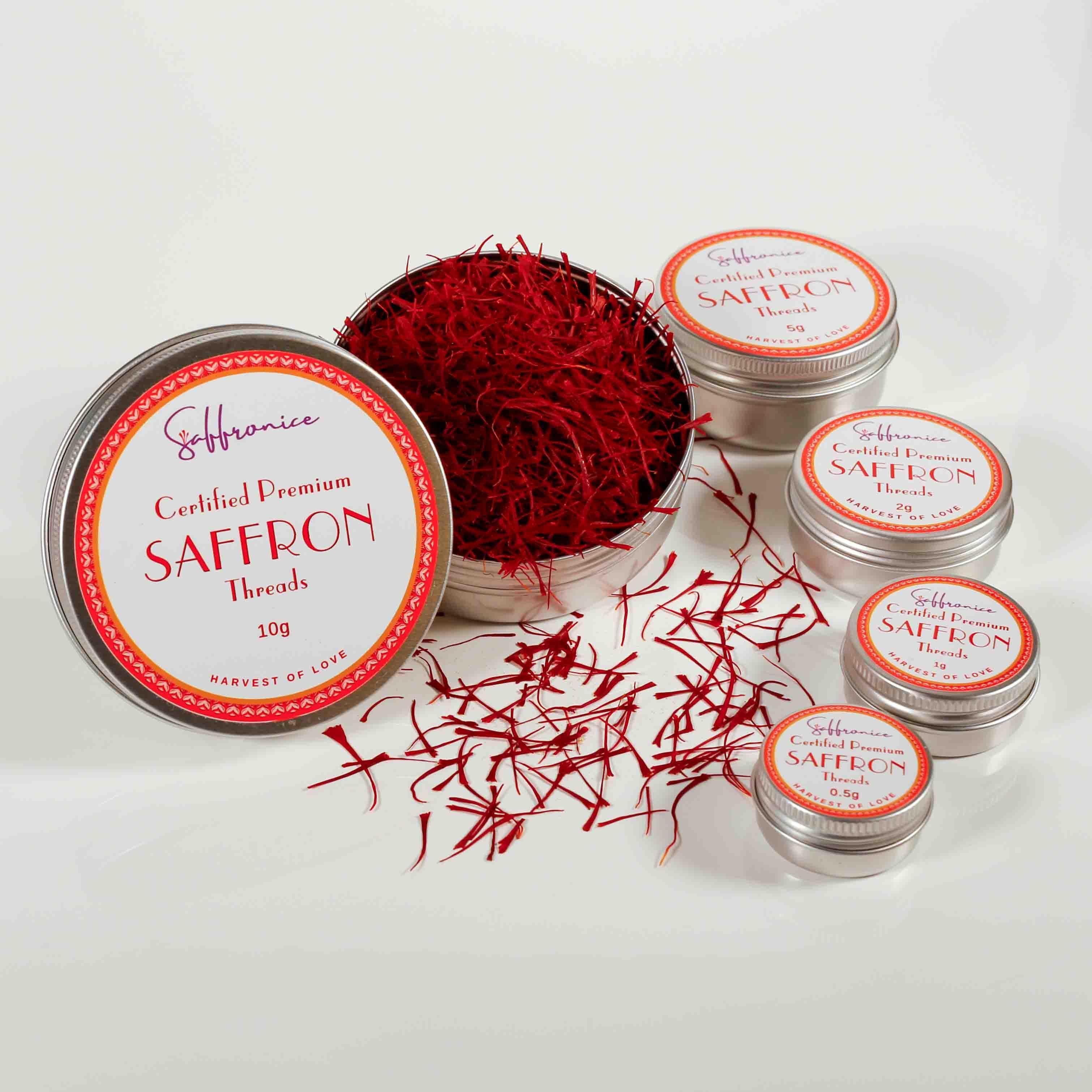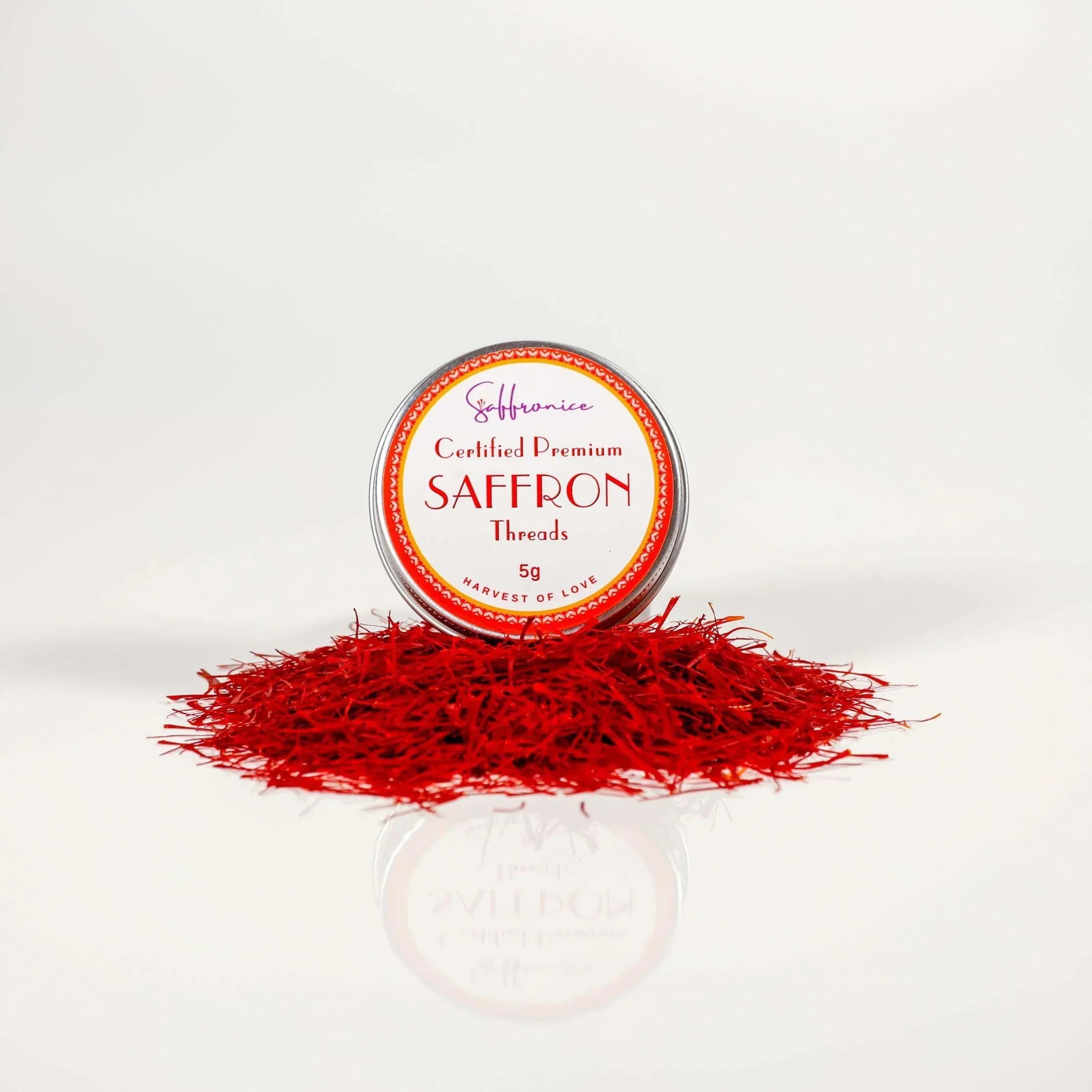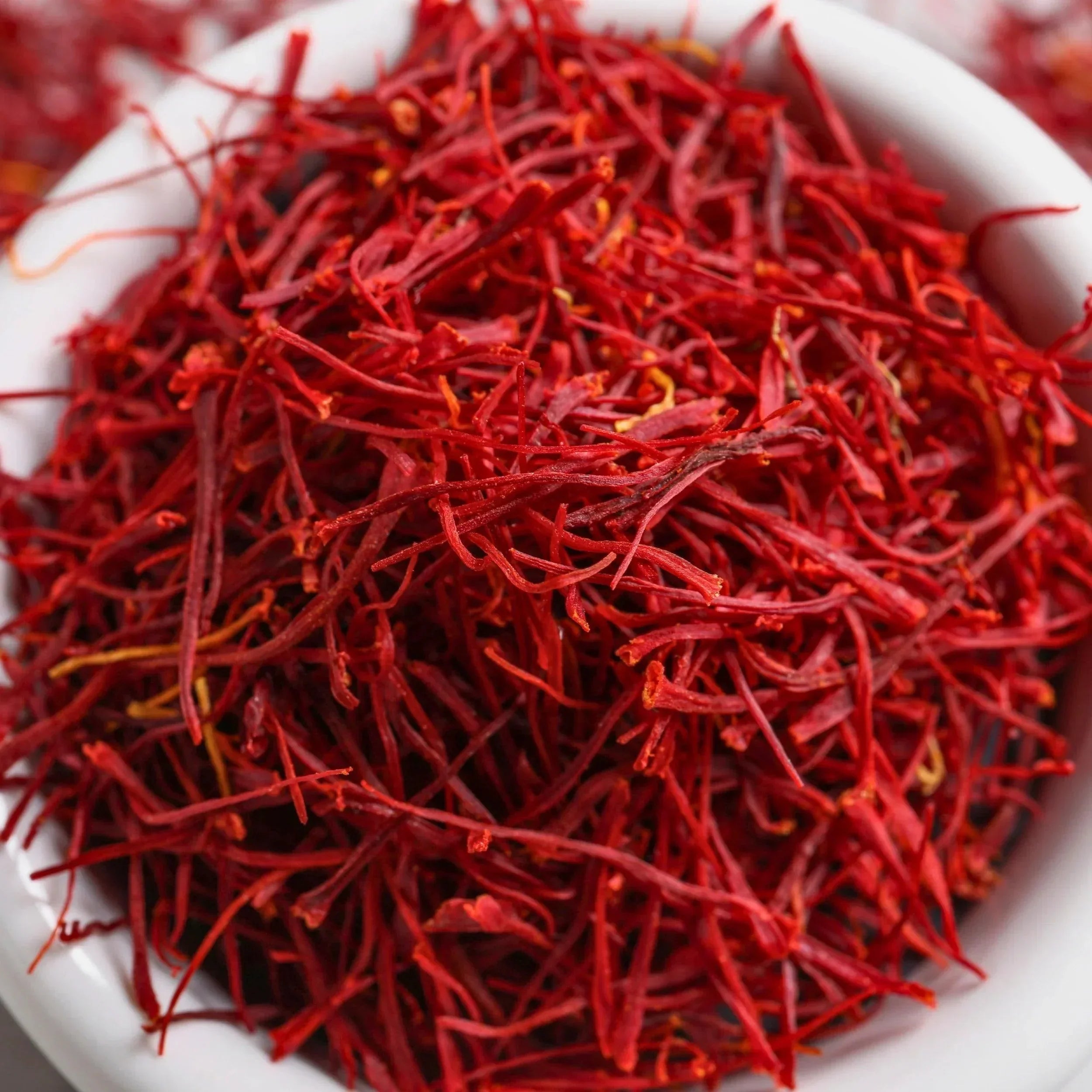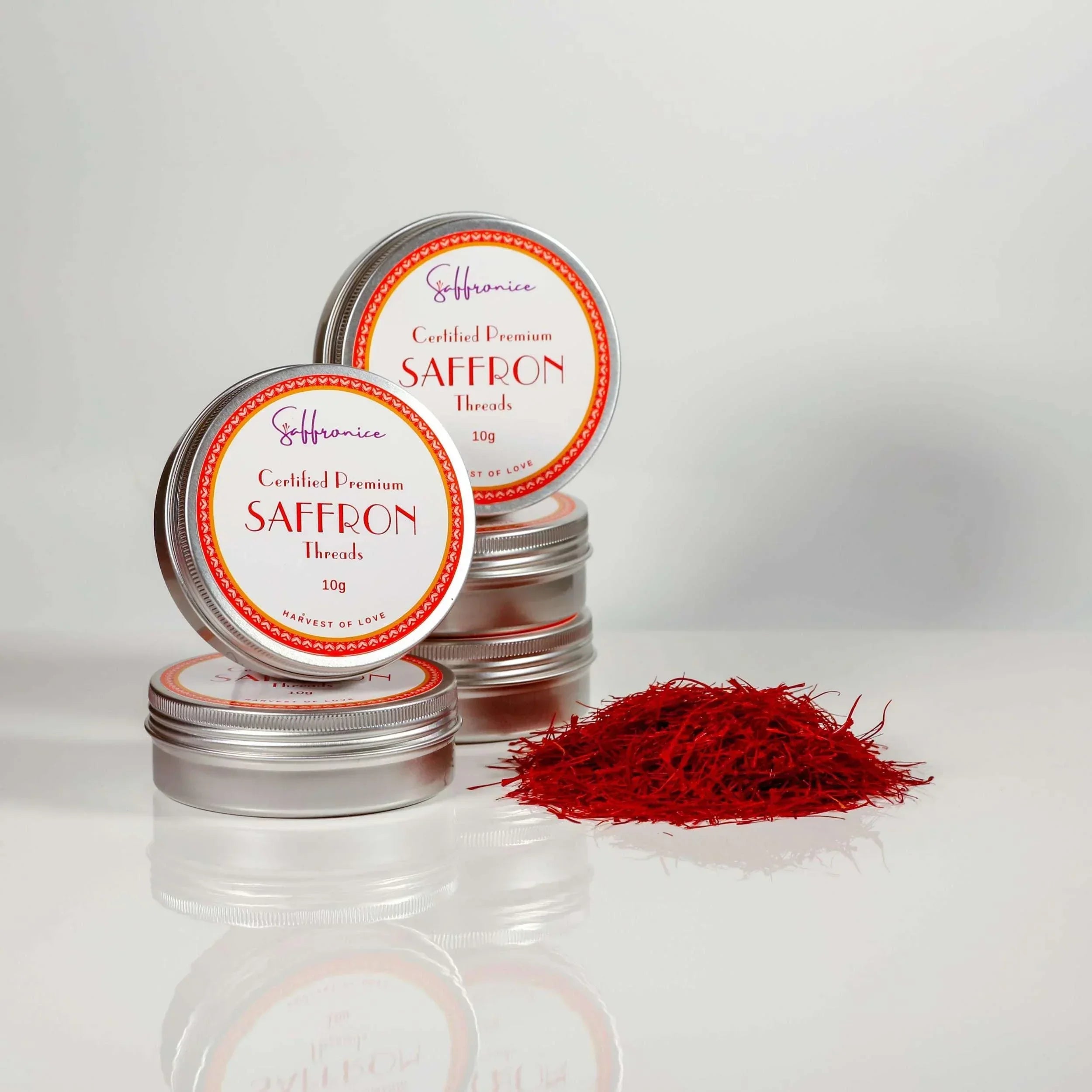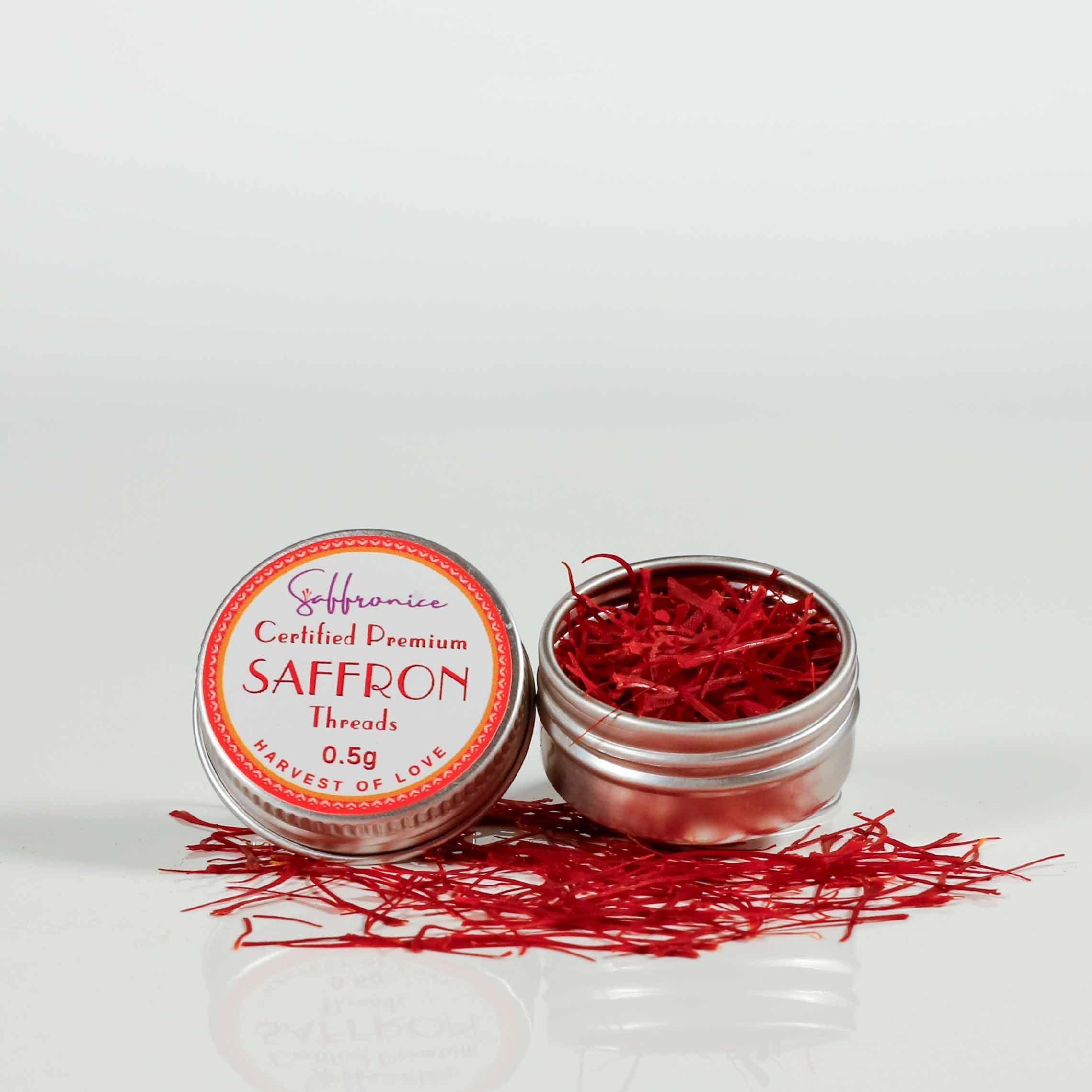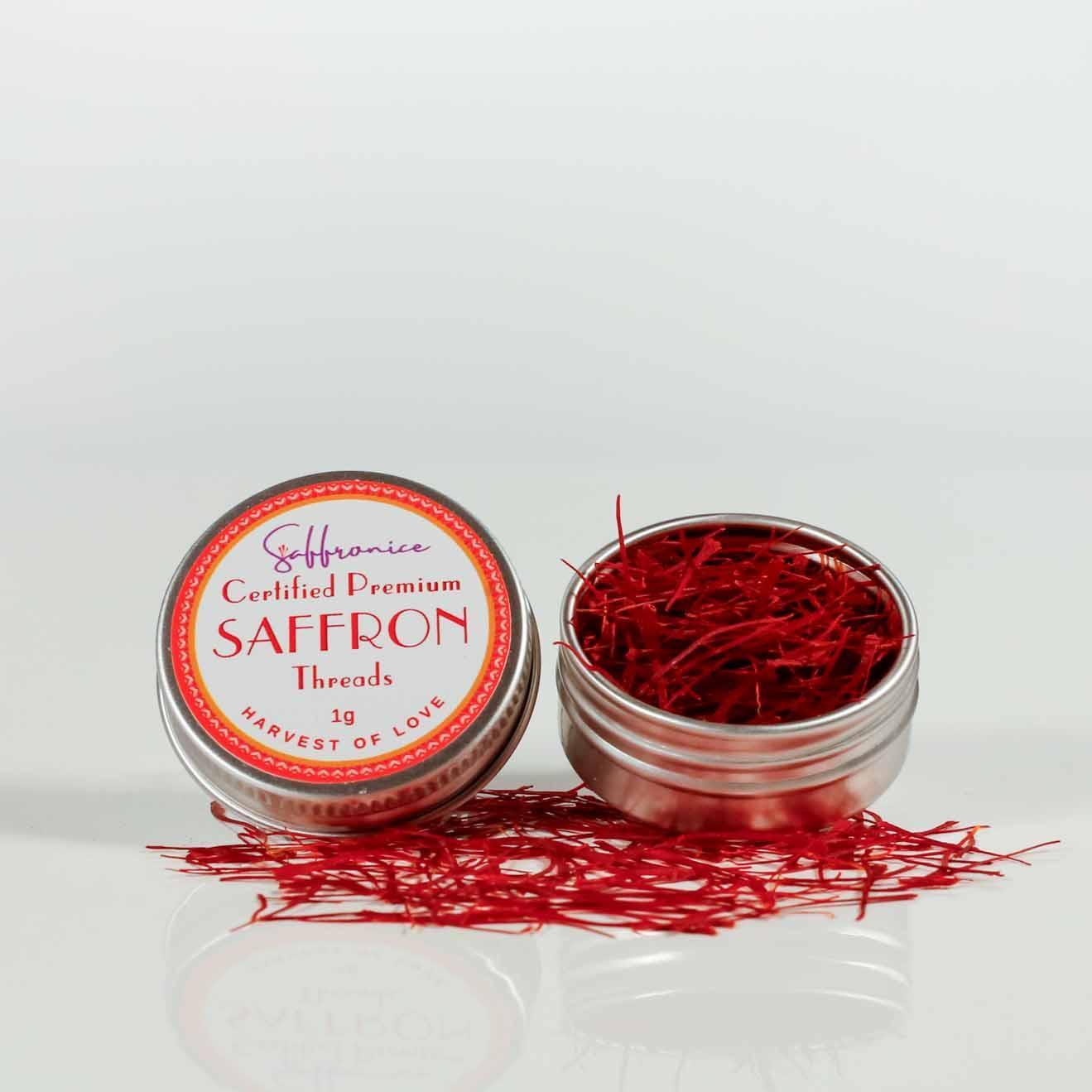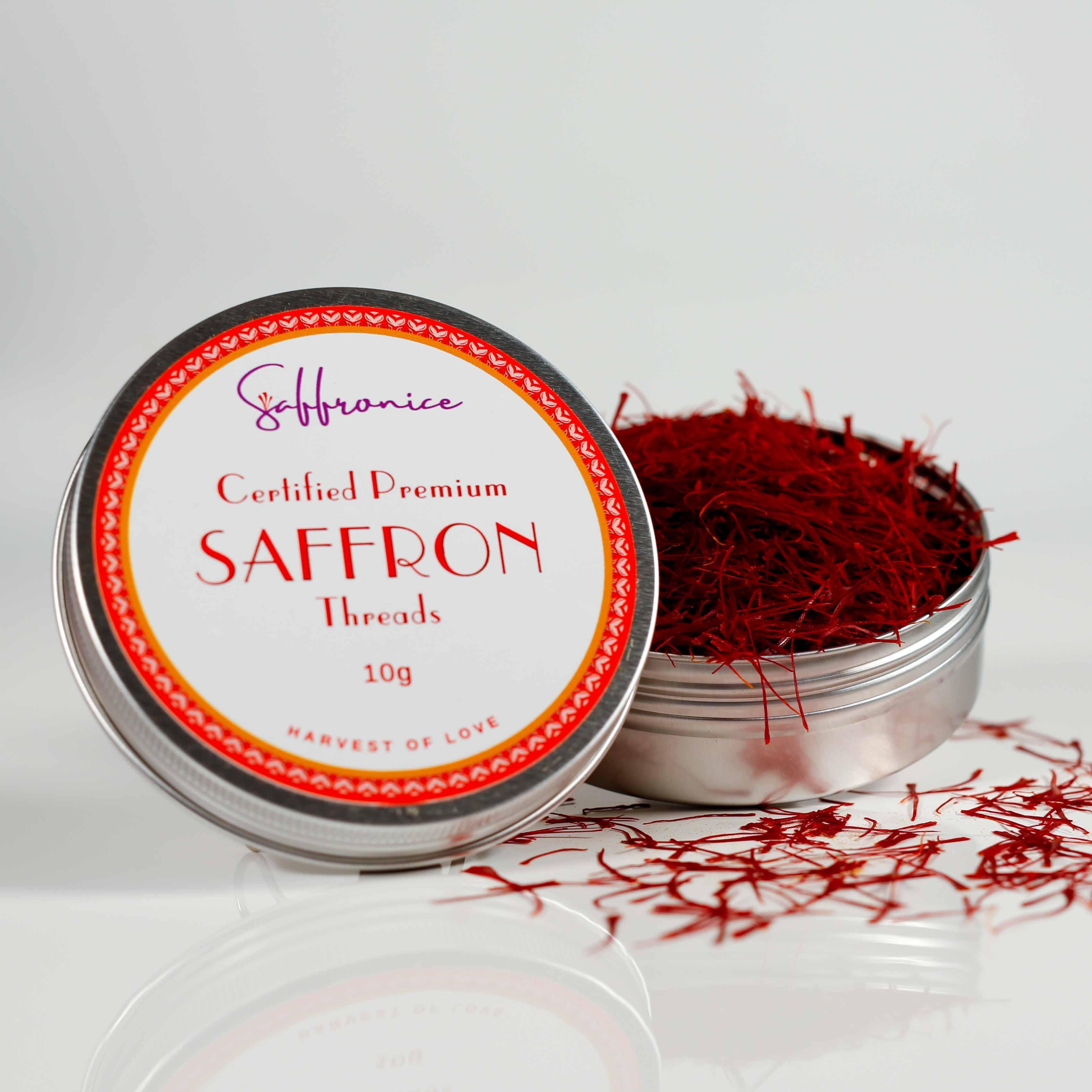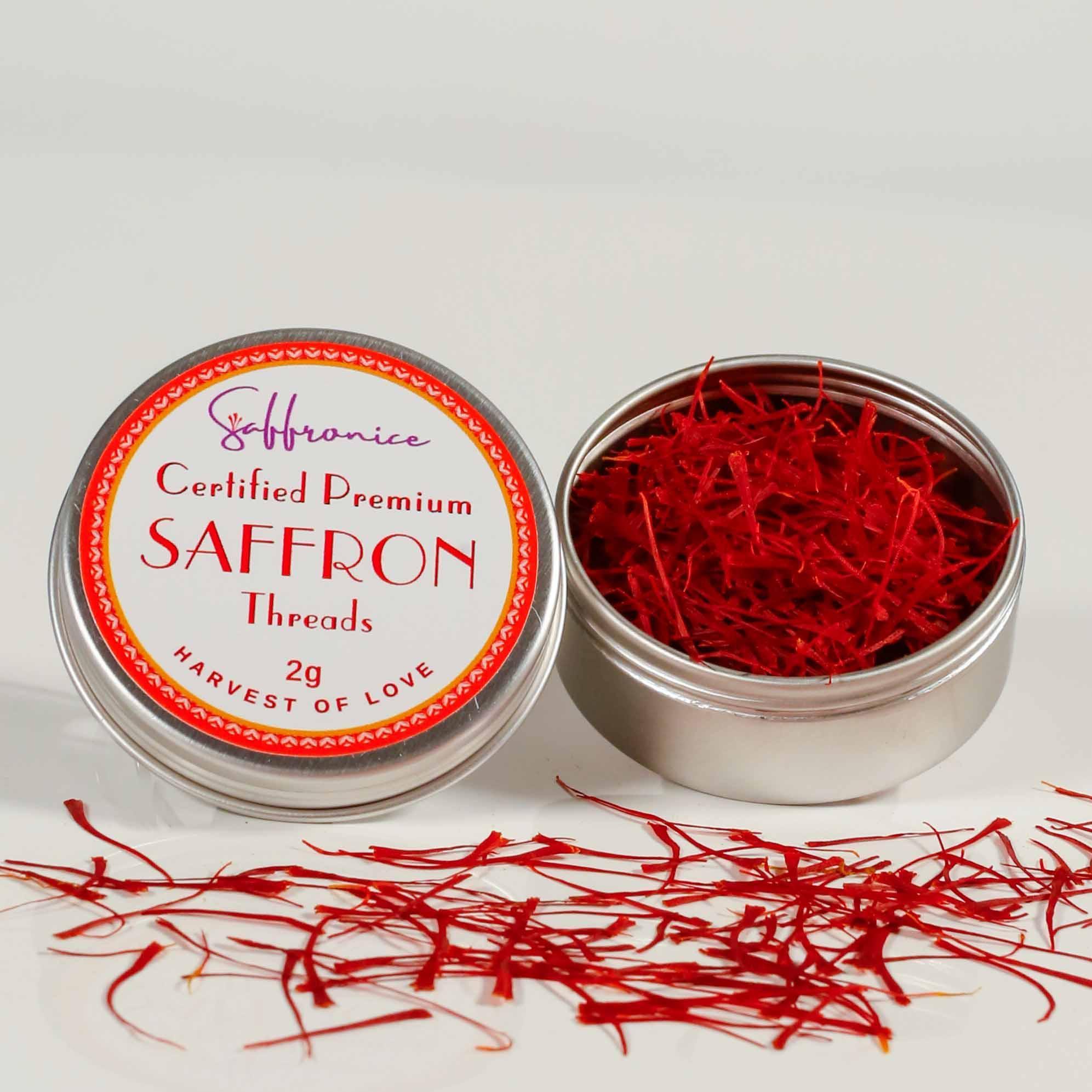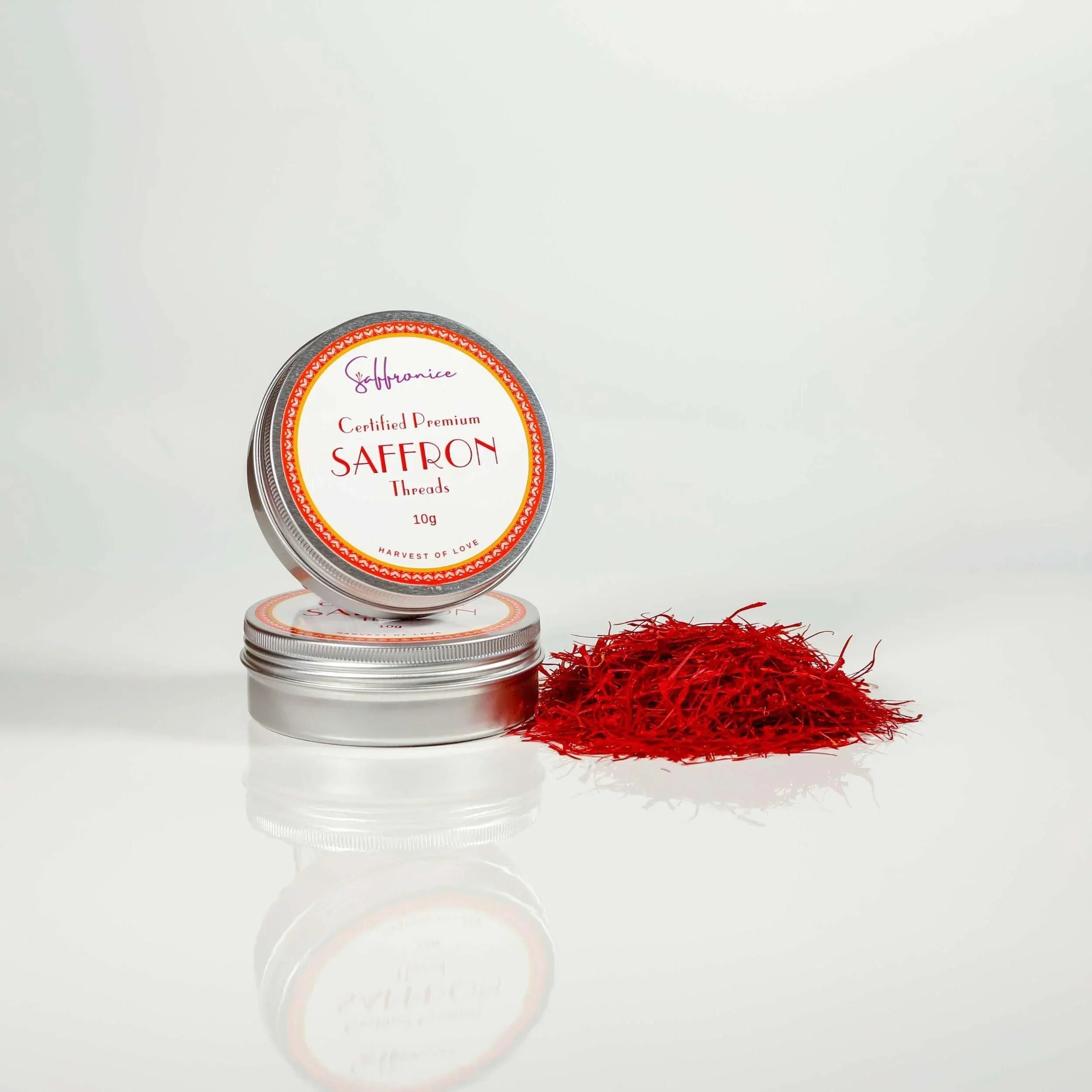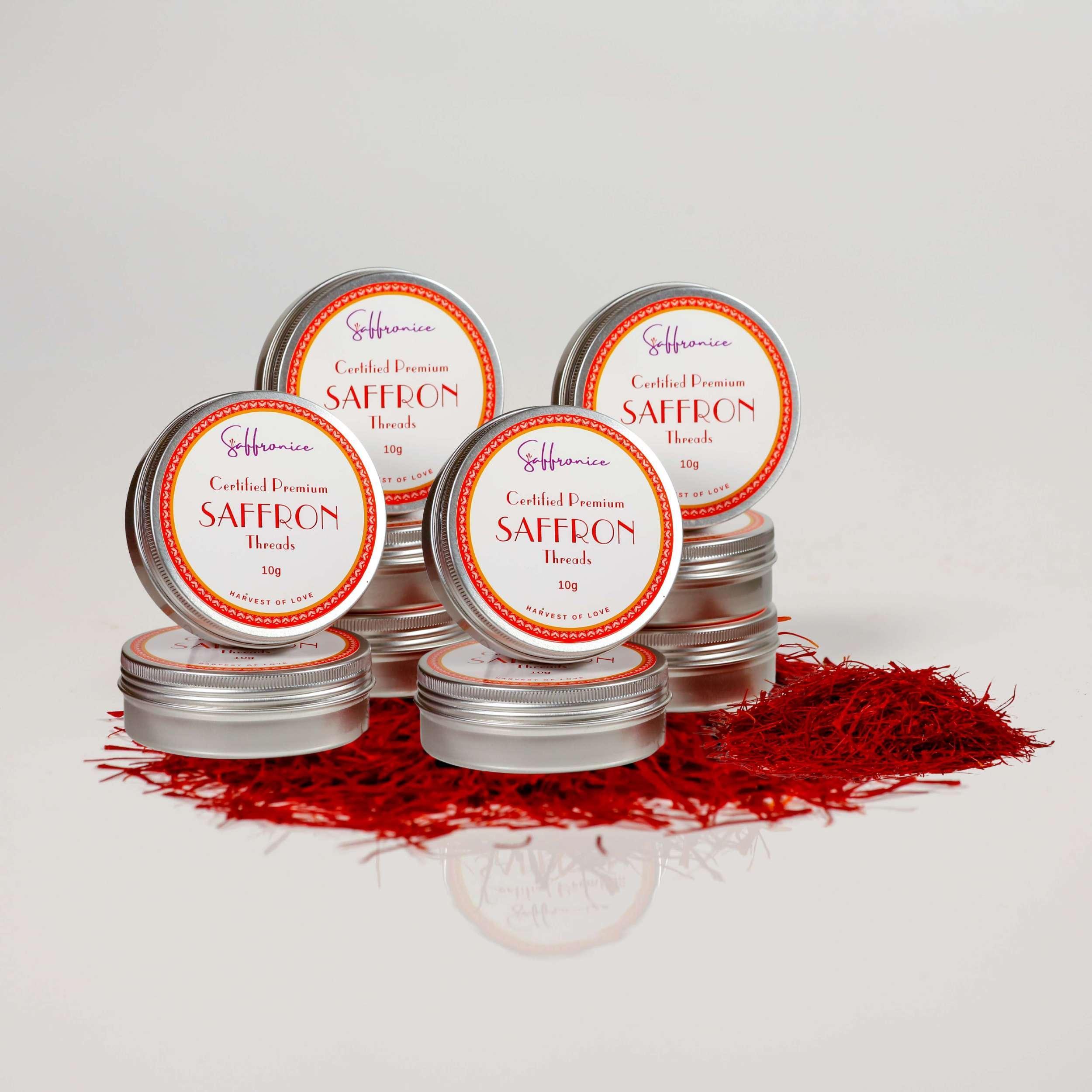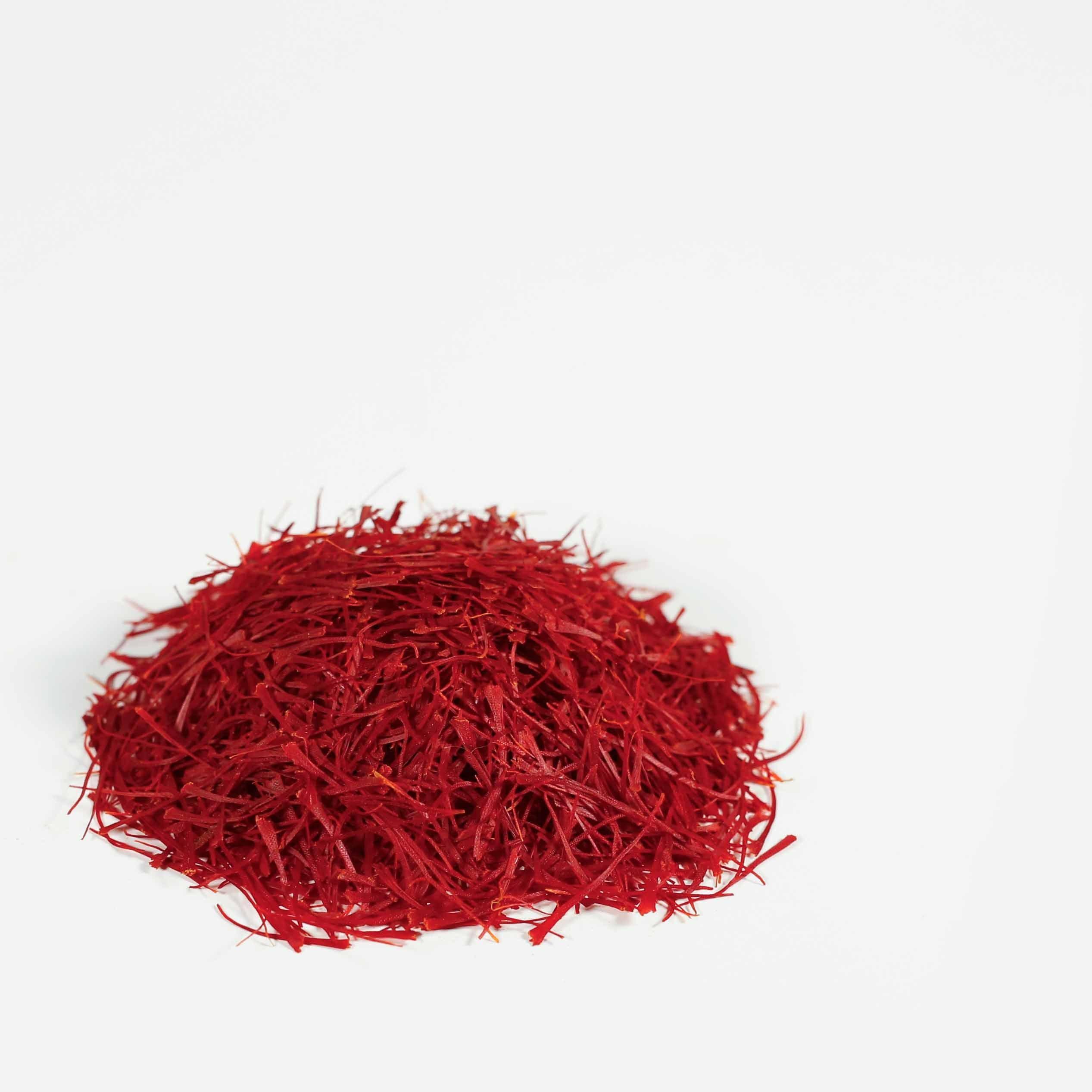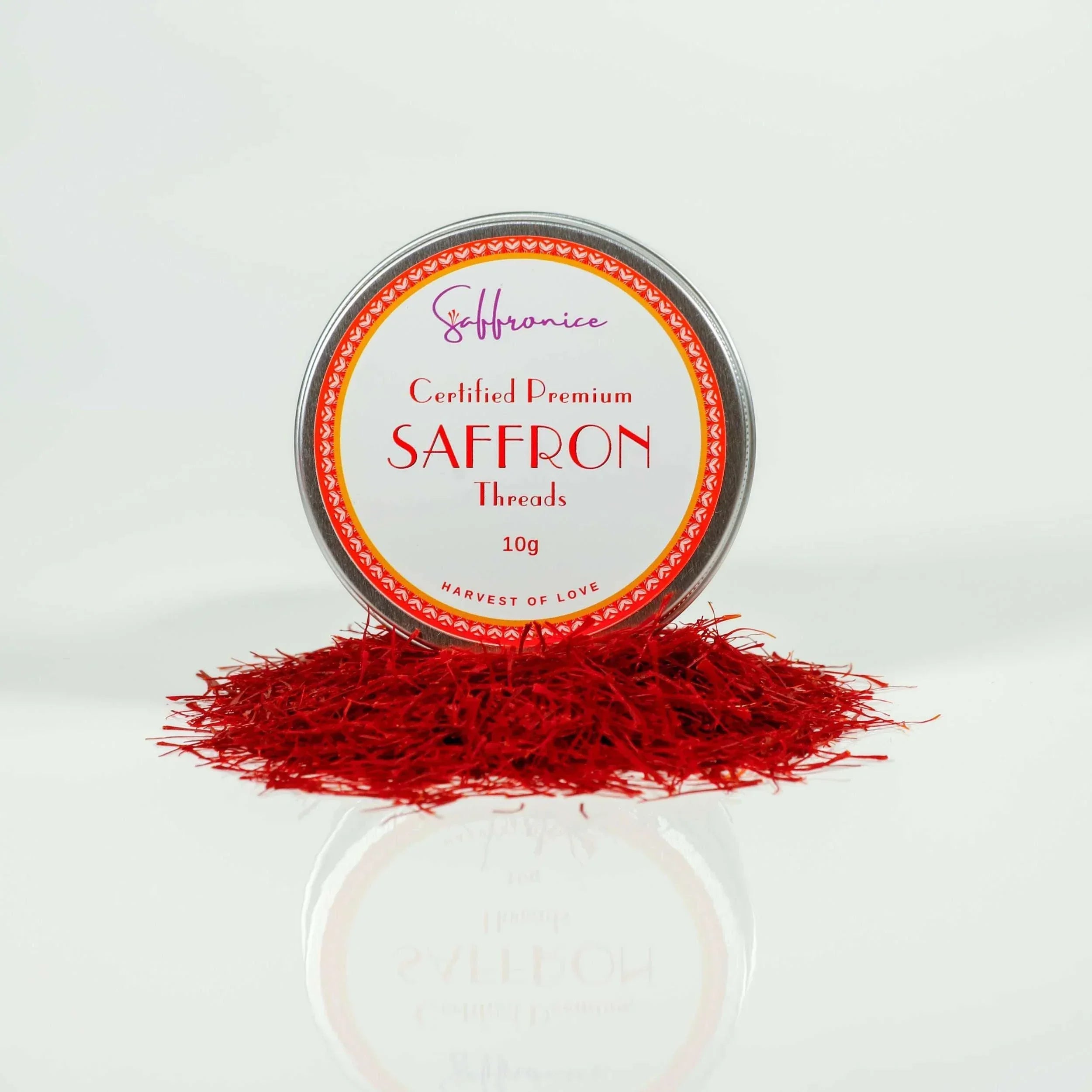Saffron, often called the golden spice, is no ordinary ingredient. It's made from the delicate stigmas of the Crocus sativus flower and has been cherished for centuries, playing a significant role in history and spirituality. You can learn more about its fascinating journey in Saffron's Multifaceted Journey.
In many spiritual traditions, saffron represents purity and enlightenment. It is used in religious ceremonies worldwide, from ancient Hindu rituals to traditional Middle Eastern practices. Its vibrant color holds deep meanings that vary across cultures, which you can explore further in our article on saffron color symbolism.
This article aims to uncover saffron's significance in various religious and cultural traditions. Join us as we explore how saffron not only enhances culinary experiences but also enriches spiritual and cultural lives. For a deeper understanding of its historical importance and cultural value, visit our Saffron Value & Heritage page.

Saffron's Historical Journey Through Spirituality
Saffron has a rich history that goes beyond its culinary uses. For thousands of years, it has held a special place in various cultures and religions, representing wealth, purity, and devotion.
Ancient Beginnings
Saffron's journey through spirituality began in Mesopotamia, one of the earliest known civilizations. Here, it was more than just a spice; it symbolized prosperity and a connection to the divine. Ancient texts reveal that saffron adorned temple altars as an offering to appease gods, establishing its sacred status in religious ceremonies.
Saffron in Hinduism
In India, saffron's golden threads have long been intertwined with spiritual devotion. It graces the foreheads of devotees during religious rituals, symbolizing purity and sanctity. The spice is also used in abir, a colored powder that plays a significant role in Hindu festivals like Holi.
Saffron in Buddhism
Crossing over to East Asia, saffron found its way into Buddhist traditions. Monks would use saffron to dye their robes, a practice believed to reflect humility and renunciation of material possessions. The spice was also part of offerings made at Buddhist temples, signifying devotion and piety.
Saffron's Enduring Significance
Saffron's usage in religious practices wasn't confined to these regions. Even in ancient Greece and Rome, it was revered for its supposed ability to connect humans with the divine. This deep-rooted spiritual significance has endured through millennia, making saffron a timeless symbol of faith and devotion across cultures.
The next time you see those delicate crimson threads, remember their profound historical journey—a journey steeped in spirituality and reverence from the very dawn of civilization.
Saffron's Sacred Role Across Religions
Saffron holds a significant and sacred place in various religions around the world. Its vibrant color and unique properties have made it a symbol of purity, spirituality, and enlightenment in different cultures. Let's explore how saffron is revered and used in Hinduism, Buddhism, Islam, and other religious practices.
Hindu Ceremonies: A Symbol of Purity and Spirituality
In Hinduism, saffron is considered divine and is used in various rituals to symbolize purity and spiritual awakening. Here are some key ways saffron is incorporated into Hindu ceremonies:
- Pujas: Saffron is often offered to deities during worship ceremonies known as pujas.
- Abhishekam: The spice is mixed in holy water for anointing rituals called abhishekam.
- Representation of Fire: Saffron's deep crimson color represents the fire of transformation, purifying the soul and elevating consciousness.
The Tranquil Influence in Buddhism
Saffron also plays a significant role in Buddhism, particularly through the attire of monks. Here's how saffron is connected to Buddhist practices:
- Monk's Robes: Saffron robes worn by monks signify renunciation and simplicity, reminding practitioners of their commitment to a life free from material attachments.
- Temple Offerings: Saffron is incorporated into offerings at temples, where its fragrance is believed to invoke clarity and mindfulness—an essential aspect of monastic life.

Saffron's Culinary Spirituality in Islam
In Islamic traditions, saffron goes beyond being just a spice; it holds symbolic meaning during religious celebrations. Here's how saffron is celebrated in Islam:
- Eid Celebrations: The spice finds its way into dishes prepared for Eid festivities, infusing meals with a sense of reverence and community.
- Values Reflected: Its inclusion in these culinary arts reflects values such as hospitality and communion, serving as a reminder of shared blessings.
Bridging Cultures: From Chinese Tea Ceremonies to Ancient Practices
Saffron's influence extends beyond major religions. It has also made its mark on various cultural practices:
- Chinese Tea Ceremonies: In ancient China, saffron was cherished for its unique aroma and calming properties during tea ceremonies.
- Ancient Religious Ceremonies: Across different ancient civilizations, saffron has been used as a unifying symbol of spirituality and enlightenment.
The diverse roles saffron plays across different faiths highlight its universal appeal as an emblem of purity, wisdom, and divine connection—a testament to its revered status in human spirituality throughout history.
Cultural Significance of Saffron Around the World
India: A Symbol of Prosperity and Purity
In India, saffron is more than a spice—it's a symbol of prosperity and purity, woven into the fabric of cultural traditions. During the vibrant festival of Diwali, saffron-infused sweets and dishes grace family tables, adding both flavor and auspiciousness to the celebrations. Its deep crimson threads are often used in religious offerings, a nod to its revered status across spiritual practices.
Iran: A Key Ingredient in Nowruz Celebrations
Crossing borders to Iran, saffron plays a central role in Nowruz, the Persian New Year. This festival marks the arrival of spring with rituals that celebrate renewal and life. Saffron's rich hue and aroma enhance special dishes like sabzi polo (herbed rice) and sholeh zard (saffron rice pudding), embodying hope and joy for the year ahead. The cultural significance of saffron intertwines with Persia’s rich history, where it has long been a symbol of luxury and hospitality.
Spain: The Golden Spice in Paella
Spain also embraces saffron's allure, particularly in its iconic dish, paella. This golden spice not only enhances flavor but also stands as a testament to Spain’s historical trade connections and culinary evolution. Across these diverse regions, saffron remains a treasured element, cherished for its ability to transform simple gatherings into celebrations full of color and warmth.

Saffron's Role in Weddings and Celebrations Across Cultures
Saffron, with its golden hue and enchanting fragrance, is a cherished guest at weddings and celebrations across the globe. This spice, often symbolizing purity and prosperity, holds a special place in various cultural rituals.
1. India
Saffron threads are woven into the fabric of Indian weddings, where they are used to create vibrant haldi pastes. Brides and grooms are adorned with this mixture during pre-wedding rituals for its auspicious qualities and skin-enhancing properties.
2. Iran
In Persian celebrations, saffron is an essential ingredient in sholeh zard, a traditional rice pudding that graces wedding feasts. It's believed to bring sweetness and happiness to the newlyweds' lives.
3. Mediterranean Region
Greek and Italian weddings often feature dishes infused with saffron, celebrating the spice's ability to transform simple ingredients into luxurious experiences. For instance, Mediterranean vegetarian dishes often use saffron to add depth of flavor.
Incorporating saffron into these joyous occasions not only enhances flavors but also enriches traditions with its deep cultural resonance. Through its presence, saffron continues to weave stories of love and celebration around the world, as seen in various recipes that highlight this exquisite spice.
The Medicinal Properties and Culinary Applications of Saffron
Saffron has been valued for its healing properties for centuries. This golden spice is believed to offer a treasure chest of health benefits:
- Mood Booster: Known for its potential antidepressant properties, saffron may sprinkle joy into your daily life.
- Antioxidant Powerhouse: Packed with crocin and safranal, saffron fights oxidative stress like a seasoned warrior.
- Appetite Enhancer: A pinch can stimulate the senses, enhancing both flavor and desire for food.
In the world of cooking, saffron's vibrant color and distinctive taste elevate dishes to new heights. From the fragrant Persian rice dishes to the luxurious Spanish paella, saffron is a beloved ingredient in kitchens around the world, adding a touch of golden magic to every meal.

Challenges and Modern Production of Saffron: A Global Perspective
Saffron, a spice with deep religious and cultural significance, is facing challenges in its cultivation today. Here are some of the key issues affecting saffron production worldwide:
Climate Change Impact
- Traditional farming methods are being disrupted by changing weather patterns.
- Both the quantity and quality of saffron crops are being affected.
Struggles of New Producers
- Countries like the US and Australia are trying to establish themselves as saffron producers.
- They are dealing with the effects of climate change while also trying to meet strict ISO standards for saffron quality.
Need for Innovation
- New farming techniques such as hydroponics and vertical farming are being explored as potential solutions.
- However, it is important to ensure that these innovations do not compromise the authenticity of saffron.
Importance of Careful Handling
- Saffron is a delicate spice that requires careful handling throughout its production process.
- From handpicking the flowers to storing the threads, every step must be done with precision to maintain its revered status in both spiritual and culinary traditions.
Despite these challenges, there is hope for the future of saffron production. By embracing sustainable practices and finding ways to adapt to changing circumstances, we can ensure that this precious spice continues to thrive.

FAQs (Frequently Asked Questions)
What is saffron and why is it considered a 'golden spice'?
Saffron, derived from the flower Crocus sativus, is often referred to as the 'golden spice' due to its vibrant yellow color and high value. It has a rich history and plays a significant role in various cultural and spiritual practices around the world.
How has saffron been used in ancient religious practices?
Saffron has deep roots in ancient civilizations where it was utilized in religious ceremonies. It featured prominently in Hindu rituals and Buddhist offerings, symbolizing purity and spirituality.
What are some cultures that incorporate saffron into their religious traditions?
Saffron holds sacred significance across multiple religions, including its use in Hindu ceremonies, Buddhist rituals, and Islamic culinary traditions. It symbolizes purity during religious festivities and is also included in Chinese tea ceremonies.
What is the cultural significance of saffron in India and Iran?
In India, saffron is deeply rooted in cultural practices, particularly during festivals like Diwali. In Iran, it plays a crucial role during Nowruz (Persian New Year), highlighting its importance in Persian culture.
How is saffron used in weddings and celebrations around the world?
Saffron is often incorporated into traditional wedding ceremonies and festive occasions globally. Its inclusion enhances the ceremonial atmosphere, symbolizing prosperity and joy.
What are some challenges faced by saffron producers today?
Saffron producers face several challenges, including climate change impacts on cultivation methods, quality standards, and maintaining sustainable production practices to ensure the spice's availability for future generations.


